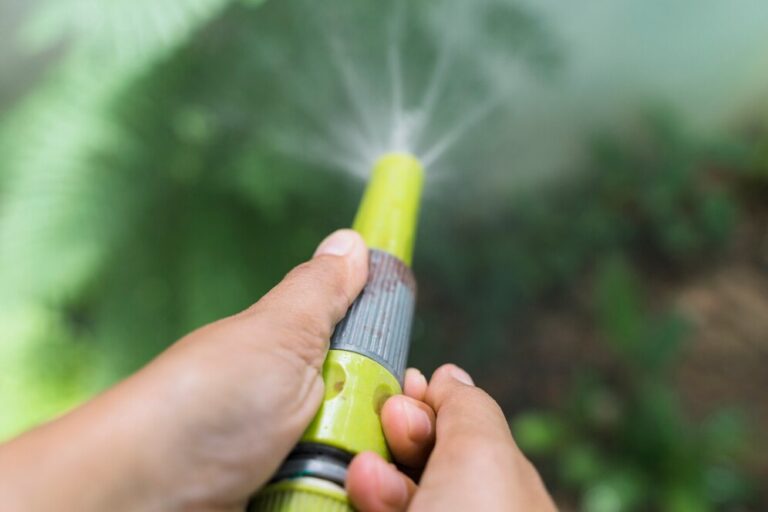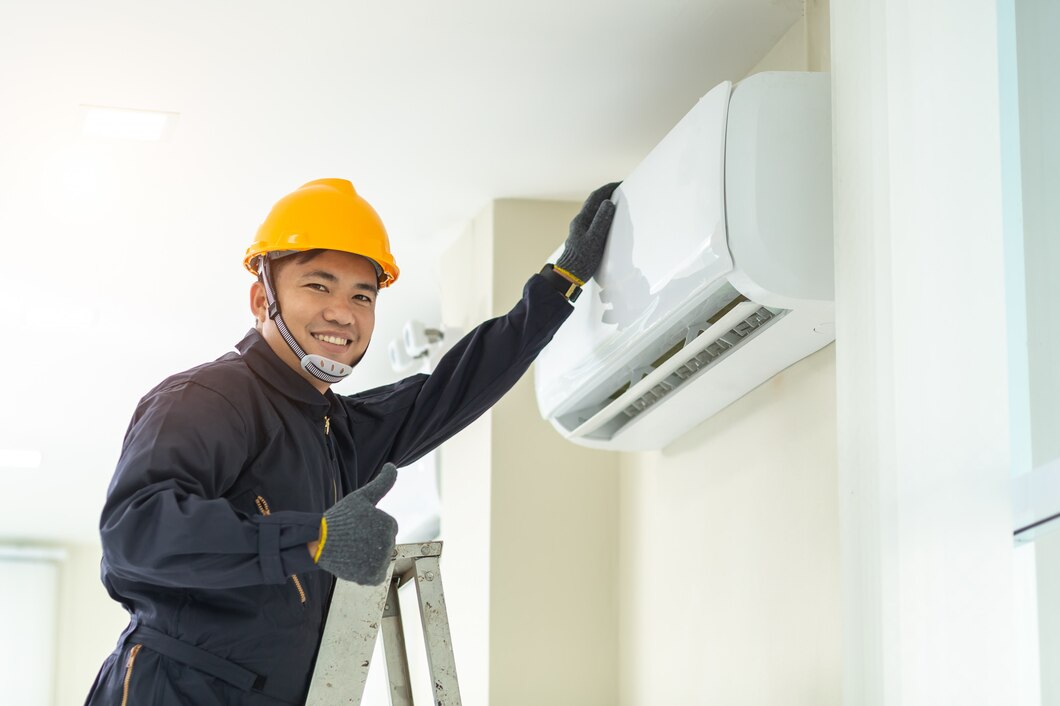Welcome to the world of efficient irrigation, where the balance of utility and sustainability is key, especially in Long Beach’s unique climate. Whether you’re a budding home gardener or looking to refresh your existing garden setup, understanding how to properly irrigate can significantly impact your garden’s vibrancy and vitality. In Long Beach, where water conservation is crucial, setting up an efficient irrigation system is not just beneficial for your plants but is also a responsible choice for the environment.
Stay tuned as we introduce you to the basics of designing an irrigation system that maximizes water efficiency while ensuring your garden thrives. From selecting the right components to understanding water-saving techniques, let’s delve into how you can create an oasis that is both lush and eco-friendly.
Understanding Different Types of Irrigation Systems
Before diving into the installation and maintenance of an irrigation system, it’s crucial to understand the different types available. Each type offers unique benefits and is suited to different garden needs and layouts.
- Drip Irrigation: Ideal for conserving water, drip irrigation delivers water directly to the base of the plant. This method minimizes evaporation and runoff, making it highly efficient for watering individual plants or row crops.
- Soaker Hoses: Similar to drip systems, soaker hoses allow water to seep out along their length. They are perfect for watering garden beds or borders and are easier to set up than complex drip systems.
- Sprinkler Systems: Best for large areas like lawns, sprinkler systems can cover wide spaces uniformly. They can be adjusted to spray in any direction and can be customized to fit the specific dimensions of your garden.
- Automated or Smart Irrigation Systems: Leveraging technology, these systems adjust watering based on various environmental sensors. Automated systems can detect soil moisture and weather conditions, adjusting watering schedules accordingly to prevent water waste.
Planning Your Garden Layout
Effective irrigation begins with smart garden planning. Observing your garden’s layout helps in identifying the specific needs of each area, which can considerably influence your choice of an irrigation system.
- Assess Sunlight and Shade: Different plants have different sunlight needs. Grouping plants with similar sunlight requirements together can make watering more efficient and effective.
- Consider Soil Type: Different soils retain water differently. Sandy soils drain quickly and may require more frequent watering, while clay soils hold moisture longer and may need less.
- Elevation and Slope: Water runs downhill, and on a slope, this can lead to uneven watering. Installing a drip irrigation system on sloped areas can help ensure that water reaches all plants equally.
Installation Tips for Maximum Efficiency
Installing an irrigation system can be daunting, but with the right approach, it becomes manageable. Our professionals ensure the systems are installed to provide maximum efficiency with minimal disruption.
- Map It Out: Before any physical work begins, map out your garden and plan where each part of the irrigation system will go. This blueprint helps in visualizing the project and aids in efficient work.
- Avoid Watering Paths: Position your irrigation components so that only planting areas are watered, and paths and non-plant areas remain dry. This precision helps conserve water.
- Depth Matters: For systems like drip lines, ensure they are placed at a depth where roots can best absorb the water. This might vary by plant type and size.
Maintaining Your Irrigation System
Regular maintenance keeps your irrigation system running efficiently and can extend its lifespan. Here are some tips:
- Regular Checks: Routinely inspect your system for leaks, clogged lines, or broken parts. Early detection of these issues prevents larger problems and water waste.
- Seasonal Adjustments: Adjust your irrigation system to accommodate seasonal changes in weather and rainfall. For instance, reduce watering frequency during rainy seasons.
- Winter Care: In areas that experience freezing temperatures, it’s essential to winterize your irrigation system to prevent freezing and cracking. This includes draining the system and, in some cases, using compressed air to blow out the remaining water.
Advanced Technologies and Tools
To further enhance the efficiency of your irrigation system, consider integrating technology. Tools like soil moisture sensors and automated weather-adjustable timers can significantly optimize water usage.
- Soil Moisture Sensors: These devices measure moisture content in the soil, allowing the irrigation system to water only when needed.
- Timers and Controllers: Automated timers can be set to water at the most effective times, usually during early morning or late evening to reduce evaporation. Smart controllers adjust schedules based on real-time weather conditions, which enhances water efficiency.
Unlock the Full Potential of Your Garden
At Power Pro Plumbing Heating & Air, we understand that an efficient irrigation system is pivotal for the sustainability and beauty of your Long Beach home garden. With expertise in both modern and traditional irrigation techniques, our professionals are adept at designing systems that conserve water while ensuring your plants thrive. We take pride in helping you achieve a garden that not only looks good but is also environmentally friendly.
Ready to optimize your garden’s irrigation system? Contact us today to learn how our expert plumbing services in Fullerton, CA, can breathe new life into your landscape. Let Power Pro Plumbing Heating & Air help you cultivate a lush, green oasis that remains vibrant throughout the year, efficiently and sustainably.










